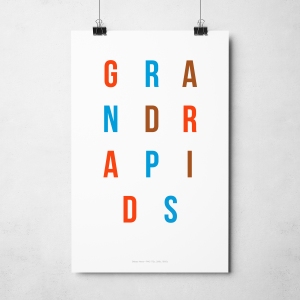Creative Nugget#6: Get Offline

I love to entertain my kids. I love introducing them to new ideas and new games. It actually hurts when I see them bored, but according to education research, kids need boredom to make way for creativity. My wife, April alerted me to the research, and I’ve found the topic very interesting (See the BBC article). It makes sense. When we’re constantly entertained, the requirement for creativity is significantly diminished. If you think about it, the most entertaining things in life are the things that require the least amount of thought. Just picture yourself engrossed in a good movie. You’re sprawled out on the couch with crumbs on your shirt, and your mouth half way open. It’s one of the least productive states you can be in.
Of course, enjoying art and culture can inspire us to create, but let’s take the lesson and bring it into our own work times. For me, brainstorming has to be done offline. My most intense ideation simply cannot be done in a browser window – there are too many distractions. My brain bounces around like a pinball. I will try to focus, but I know that my budgeting tool, the weather channel, or my facebook notifications are just a click away, so I take a quick detour. It might not take long, but they certainly add up. Many detours in a single session detract from your ability to go deep into the creative centers of your brain. That’s why I recommend getting offline. Not just getting out of your browser window, but actually closing your laptop, or turning off your phone. Be brave! Pull out a piece of blank paper and a Bic Crystal (my personal favorite). Put your headphones on. Get lost in your thoughts. It will allow you to follow avenues of thought further than you thought possible, and to access parts of your brain you didn’t know existed.





















